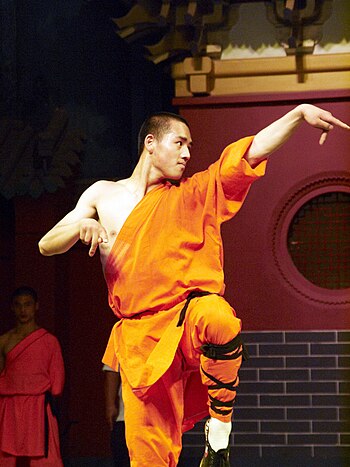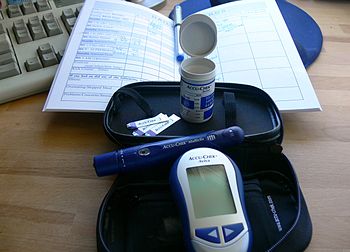 |
| Photo by magical-world |
Meditation is an art. A method. A skill. A process. It is the art of keeping in touch with yourself, of discovering your entirety and the many facets of your being. It is also a skill that must be developed. It requires discipline and the right mindset. You cannot simply think that you will meditate and expect to achieve a result right after. This requires the tuning of one's consciousness. Meditation typically involves a set of procedures and guidelines to be followed. Typically, the success of the activity will depend on the adherence to the given principles and rules.
One interesting form of meditation that deviates from the old and traditional concept is walking meditation. Walking meditation is a lot different from other forms of meditation known to many. For one, you will not have to be physically inactive just to do it. In fact, you need to move and be active – you need to walk! You have to actively engage your mind and your body in this activity in order to experience a holistic positive result. This brings another benefit. Since walking is a daily activity, you can actually grow by meditation every day!
You also will not have to find a secluded place just so you can meditate. Anywhere will do. Actually, a noisy and crowded place is even encouraged. Here is where the challenge lies. Concentration is important and awareness must be focused. You must not allow the outer world to bind your mind into it – by the things that you see, hear, or whatever you perceive. You may be aware of them, but you must guard not to do anything about them. Do not cling to anything.
The guiding principle behind walking meditation is achieving a balanced awareness, equilibrium, between your inner self and the outer world surrounding you. This meditation will invite you to feel your entire body, all the workings of the parts that make you up, being aware of how each of your body parts operates. While doing this, you also have to notice your emotion and your mood. These are all done while you walk. The outside world need not be lost in your focus. There will always be stuff that will catch your attention as you meditate, and you are not to resist. You are not to hang on to these, though. You have to let them pass by, observing them without doing anything at all.
This is the real sense of awareness. The ideal result of walking meditation is the person's consciousness of the outside world while being completely aware of his inner self. When this is achieved, many of the puzzles and complexities of life will become clearer and simpler. By bridging the gap between what is within and what is out of yourself, you can take full control of your life and enjoy a healthier and a more satisfied lifestyle.















